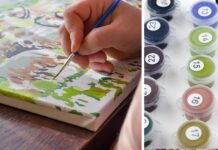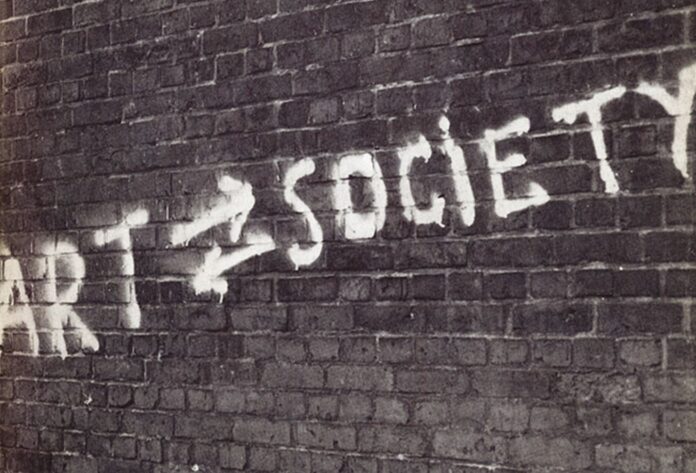
What is art? You might think, well, let me tell you, art is what makes us human: a connection, a story, told, or untold. Art is everywhere; no matter how hard you try not to look at it, you’ll always find art. Everything in the open space, created with a purpose or a story, is known as art.
The structures in which we live, work, study, sweat, and purchase are all made by artists with creative divination. When we go out for movies, music, drama, theatre, memoir, food, it’s basically someone’s artistic representation and vehemence. The museums and exhibitions share unimaginable works of art made by the artists in this controversial world.
Why, in these days, art is so universally considered a “simple subject” of the school, separate from the society, the exercise of futility and effort?
And how does it affect our society? We might question how art influences society by developing theories by assessing and interpreting stories through reality. Studies have shown that art affects self-esteem in the most excellent sense.
Painting, sculptures, music, dancing, writing, and various expressions are often considered the scope of the general memory of an artist. Art is consistent in this sense; it allows people from different societies and cultures with various opportunities to talk to each other through drawings/pictures, sounds/music, and stories.
Art is often the carrier of social reform. It can speak for those who are strategically or socially disappointed. A song, a movie, or a novel can stimulate the feelings of those who experience them, motivating them to drive a change.
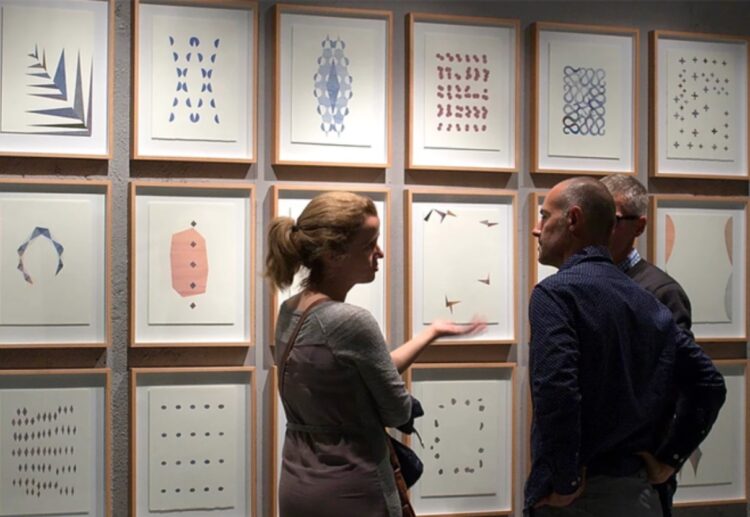
- Art also has a utilitarian and a very pragmatic impact on society. It is valuable to the artist as an outlet for work. Art not only contributes to a person’s need for self-training and satisfaction; it is also economically viable. There are many uses for creativity, painting, and artistic distribution.
- The existence of art without our libraries, museums, theatres, and exhibitions, or without the personal articulation of writing, music, and literature, will be static and futile. There will be no debate about the imagination of the past, and there will be no doubt about the future.
- The expression of human experience, in the form of art, increases our economy by attracting tourists and businesses, creating skills and gifts, and creating new jobs. Art can link culture to these people, the difference between which is relatively small; art creates money, but there is also a lot of nostalgia and social impulse in the interface.
- When people go to the theatre, they pay for the drama, music and, of course, maybe even their stay for the holidays, meals and transportation. Still, they pay to improve the incredible connection, the unique atmosphere, and memory that will live with them, till they die, people no longer need only “something” that they have to face in life: the expression of people, in the form of art, is the perfect intersection of culture and business.
- Thus, participation in the creation of human experience has been shown to equally improve people’s mental abilities and help in the treatment of various diseases such as dementia, anxiety, and Parkinson’s disease. The Royal Society of Public Health (RSPH) has found that music and art, when used in distress, can improve the condition of patients by reducing stress, tension, and blood circulation.
- A study proclaimed that the expression of human experience with this farce movement could encourage social dialogue and reduce frustration, anxiety, and sadness. The experience of art can promote innovation, social integration, and correspondence.
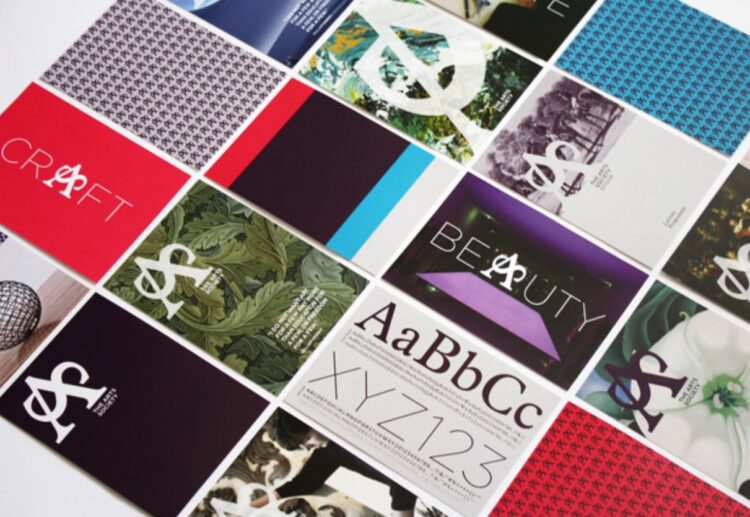
Scientists entitled healthy living as the impact of cultural and physical interactions on health and life satisfaction. They also found that the art drawn with human experience has “an emphatic effect on well-being and life”.
Another study found that visual expression contributes to the development of character in emotionally intelligent people. The connection with human emotion helps to build and maintain a positive sense of self, and what is often lost is more set-up than what we get. While more prolonged thought is necessary, the expression of human experience in the form of art clearly has a significant positive impact on physical and mental health.
Children who are connected with the realization of human experience have more outstanding achievements in science; those who carry an understanding of art inside them have more prominent abilities in learning, and those who engage in melodic activities show better mathematical skills and dialect.
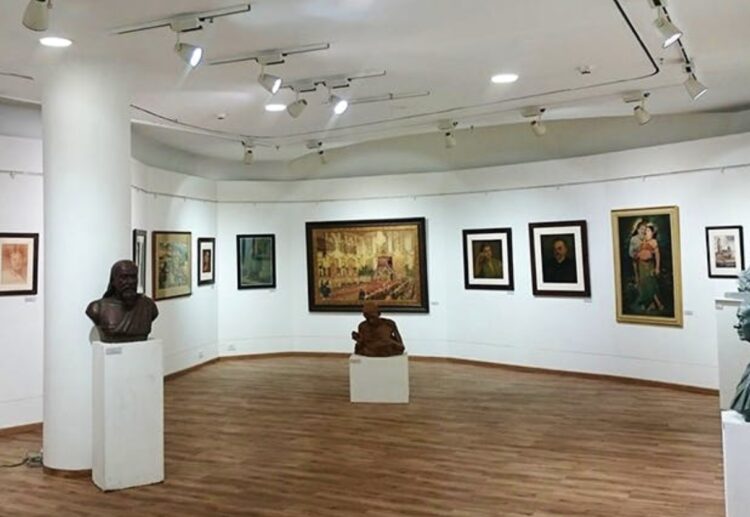
Need we ask, what does art give us?
Art gives a vision of discernment to society and moves society towards higher values, so it’s safe to say that art has spiritual significance. If you look at Maslow’s hierarchy of needs, you’ll see that creativity and aesthetic needs thrive at the top. Art can be used to manipulate people’s lives.
Many people assume it’s used by people who don’t meet real needs in life. Creating art is always relevant; either it’s pointing the finger at the good aspect or a bad one. You may disagree with the human concept of beauty, just because the flavours are different, doesn’t mean it has no standing.
“Art” is a ubiquitous area. Poets, songwriters, and dramatists sometimes take a step forward to hold a mirror in society by reflecting on the world around them, through their art. Sometimes they take a step forward to say, “this is wicked” or “this is beautiful” like an artist painting a garden which blooms in spring.
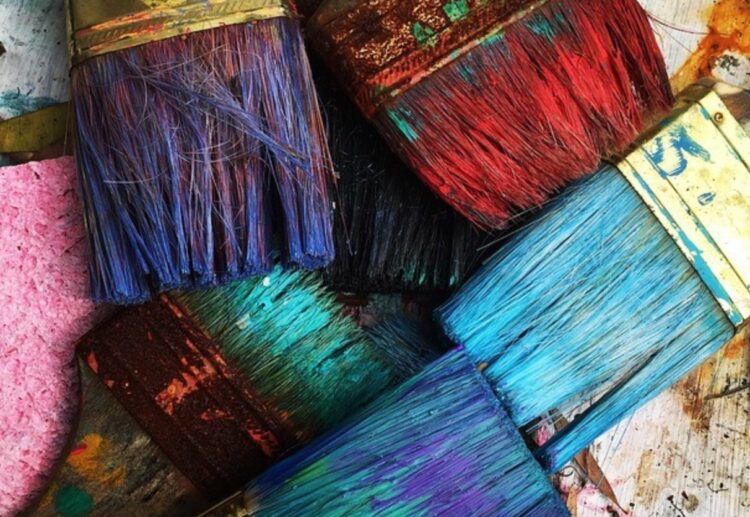
In fact, even in the earliest point of history, when the only known form of art were paintings made on a stone, of a cave, by the cavemen. Though it came in existence to beat boredom, it is now an illustration of reform in the history of mankind. Today, art can be digitized and made on canvases. Art also indicates what society has been targeting. Napoleon, for example, has a whole range of art dedicated to himself and his changes.
I can’t think about how art is harmful to society. And just like Winston Churchill says it:
“Criticism may not be agreeable, but it is necessary. It fulfils the same function as pain in the human body; it calls attention to the development of an unhealthy state of things. If it is heeded in time, the danger may be averted; if it is suppressed, a fatal distemper may develop”.
Art, from my own experience and words, is what we humans create through our perceptions. Technically, when you write your psychological dissertation or whatever you were doing an hour ago is considered “art,” but it’s just in a state of unconsciousness.
Resources:
https://www.researchprospect.com/dissertation-services/literature-review-writing-service/
https://www.forbes.com/sites/quora/2018/04/06/how-to-write-a-scientific-review-research-paper/




